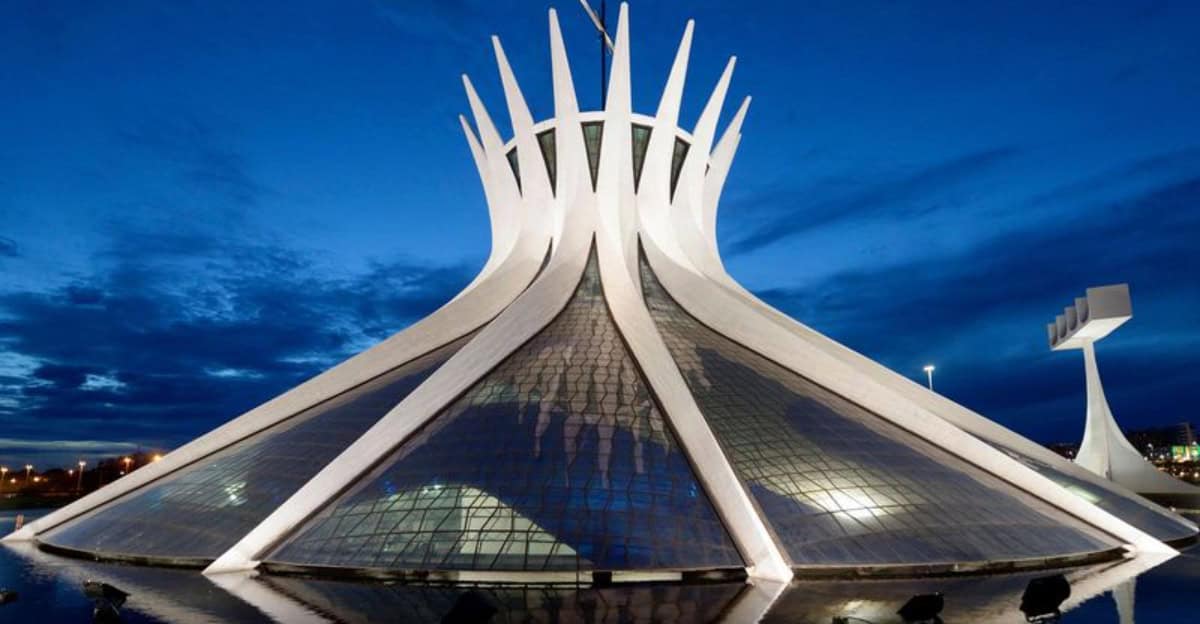South America is a continent rich in diverse cultures and breathtaking landscapes. Among its many treasures are architectural landmarks that capture the spirit and history of the region.
These landmarks offer a glimpse into the past and stand as symbols of artistic and cultural achievements.
Whether nestled in vibrant cities or surrounded by nature, these structures draw visitors from around the world.
Here, we explore 10 of the most beloved architectural landmarks across South America, each unique and inspiring in its own right.
1. Christ the Redeemer, Brazil
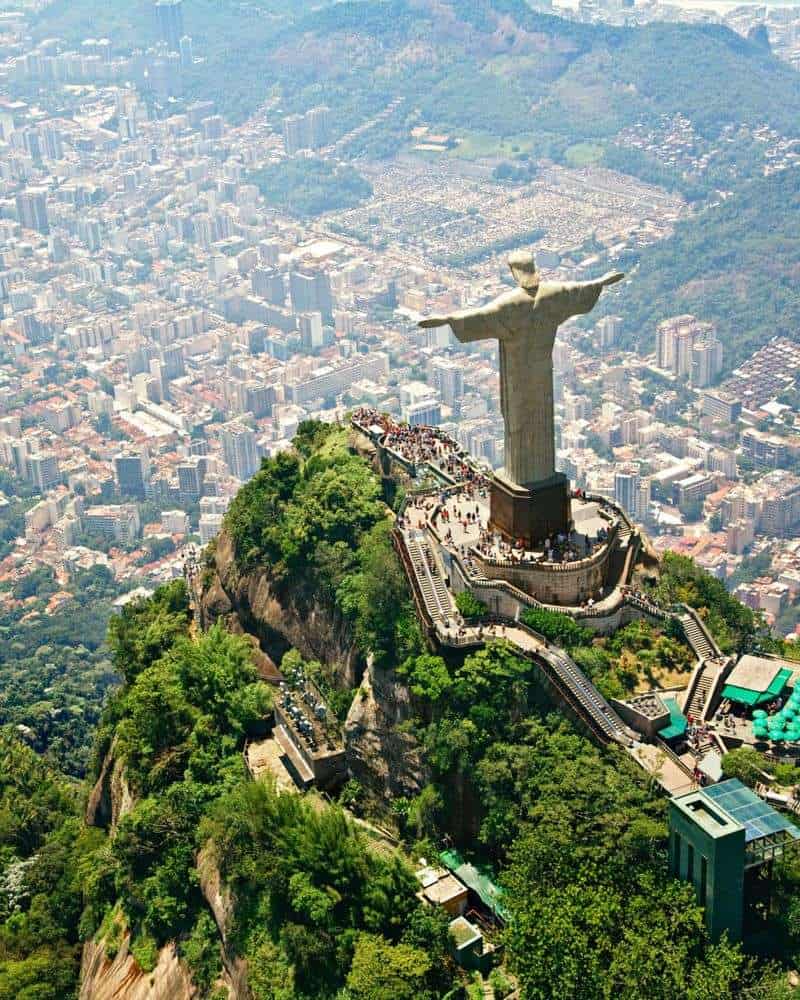
Standing atop Corcovado Mountain in Rio de Janeiro, the Christ the Redeemer statue is a symbol of peace and Christianity.
This Art Deco masterpiece rises 30 meters tall and overlooks the vibrant cityscape below.
The statue, with its open arms, represents a welcoming embrace to visitors worldwide. Crafted from reinforced concrete and soapstone, it was completed in 1931 and is one of the New Seven Wonders of the World.
The panoramic views from the base offer a breathtaking perspective of Rio’s natural beauty, making it a must-see for travelers.
2. Machu Picchu, Peru
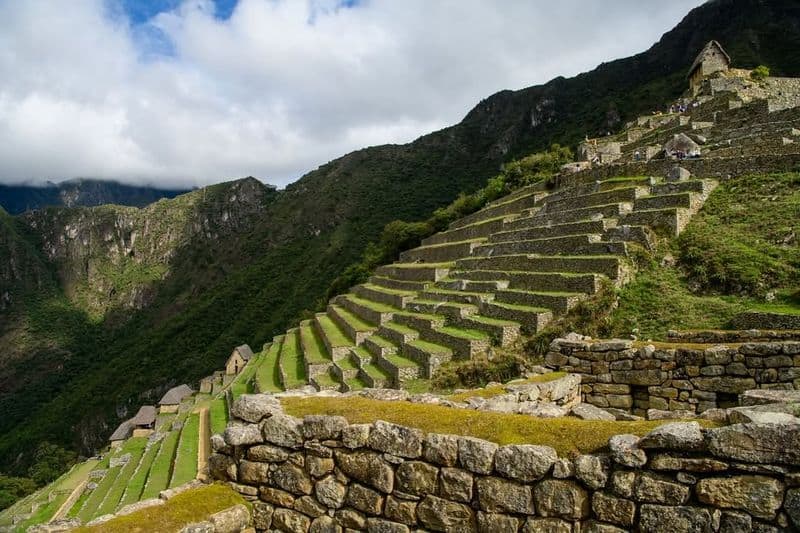
Machu Picchu, nestled high in the Andes Mountains, is an ancient Incan city that continues to captivate explorers.
Its precise stone construction, including temples and terraces, showcases advanced engineering techniques of its time.
Discovered in 1911 by Hiram Bingham, this UNESCO World Heritage site is a testament to human ingenuity and resilience.
Each year, thousands embark on the Inca Trail to witness its majesty, nestled amidst mist and lush greenery. The journey offers an unforgettable blend of nature and history.
3. Teatro Colón, Argentina
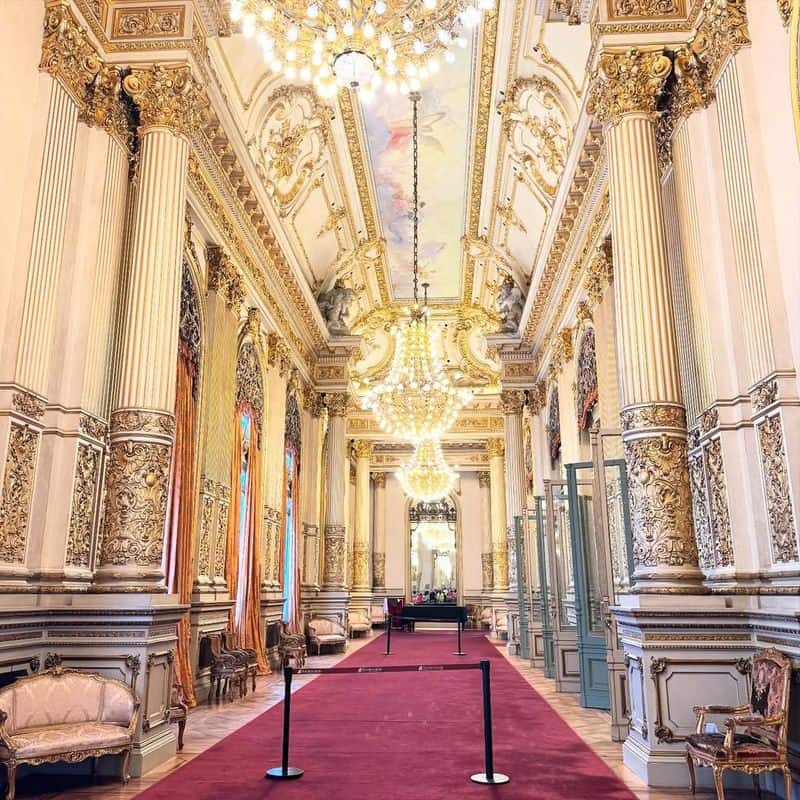
Teatro Colón in Buenos Aires, Argentina, is renowned for its exceptional acoustics and opulent design.
This majestic opera house, completed in 1908, is considered one of the world’s premier venues for performing arts.
The interior dazzles with golden accents, plush red seating, and elaborate frescoes, offering a sensory feast. Its rich history includes performances by luminaries such as Luciano Pavarotti and Maria Callas.
Attending a show here is a cultural experience like no other, immersing visitors in the vibrant artistic atmosphere of Buenos Aires.
4. Monasterio de Santa Catalina, Peru
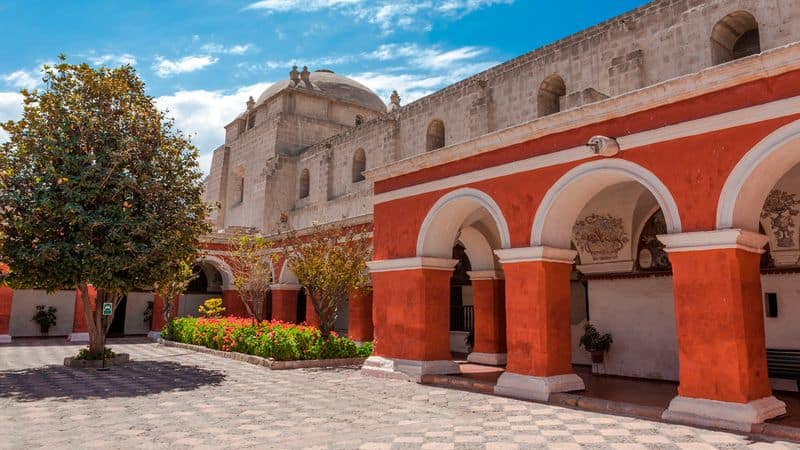
Nestled in the heart of Arequipa, the Monasterio de Santa Catalina is a city within a city.
This sprawling convent, with its vividly painted walls, offers a unique glimpse into the life of seclusion practiced by nuns since the 16th century.
Visitors can wander through the cloisters, soaking in the tranquility that pervades the air. The vibrant hues of reds and blues contrast with the serene white of the Andean backdrop, creating a picturesque scene.
This architectural gem symbolizes the melding of Spanish and indigenous influences, with each corner telling a story of centuries-old traditions and artistry.
5. Palacio de la Moneda, Chile
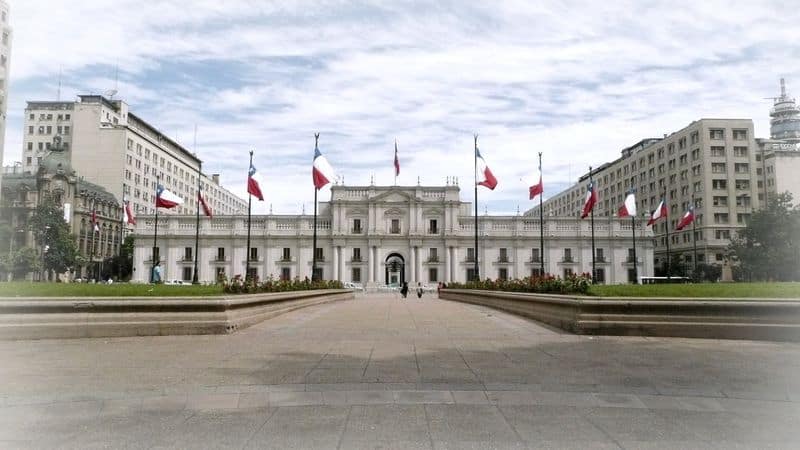
Palacio de la Moneda, located in Santiago, Chile, is the presidential palace and a symbol of the nation’s governance.
Built in a neoclassical style, its elegant white facade and symmetrical design reflect a sense of order and tradition.
Originally a colonial mint, the palace has witnessed significant historical events. Visitors can explore its courtyards and gardens, offering a peaceful escape amidst the bustling city.
Guided tours provide insight into Chile’s political history and cultural heritage, making it an essential stop for anyone visiting Santiago.
6. San Ignacio Miní, Argentina
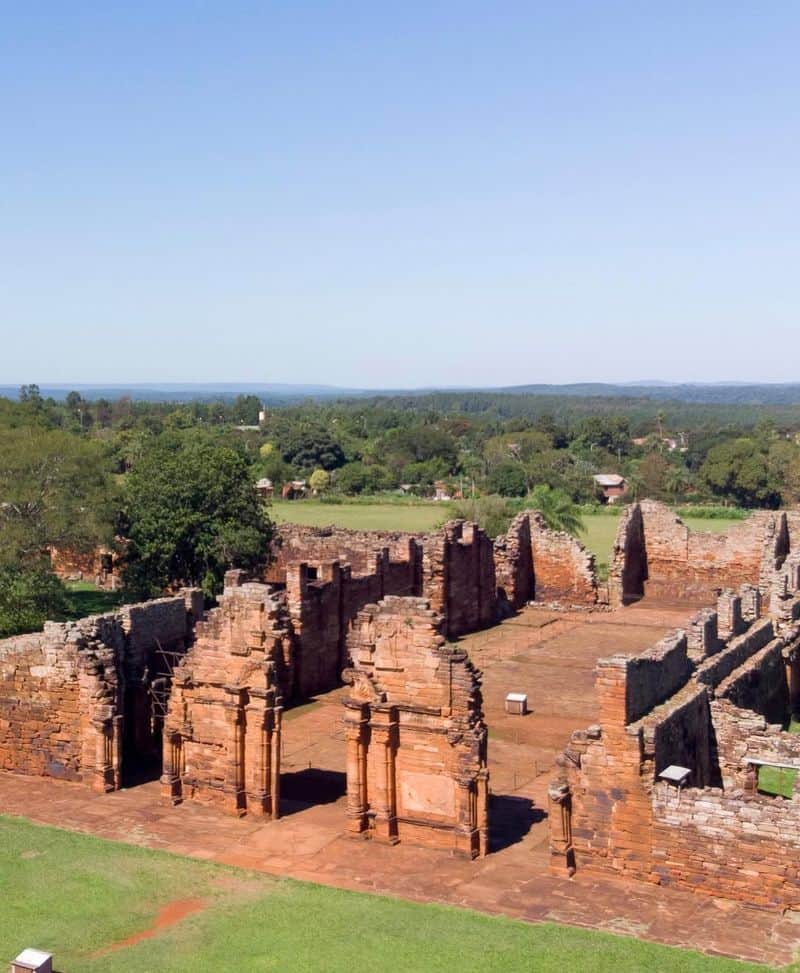
San Ignacio Miní, a Jesuit mission established in the 17th century, is located in Misiones, Argentina. The ruins tell the story of the Jesuit influence in the region, with intricate carvings and weathered stone walls.
Once a thriving community, it served as a place of worship and education for the indigenous Guarani people.
Now a UNESCO World Heritage site, it offers visitors a glimpse into the past amid lush jungle surroundings. The site invites exploration and reflection on the cultural exchange that shaped the area’s history.
7. Brasília Cathedral, Brazil
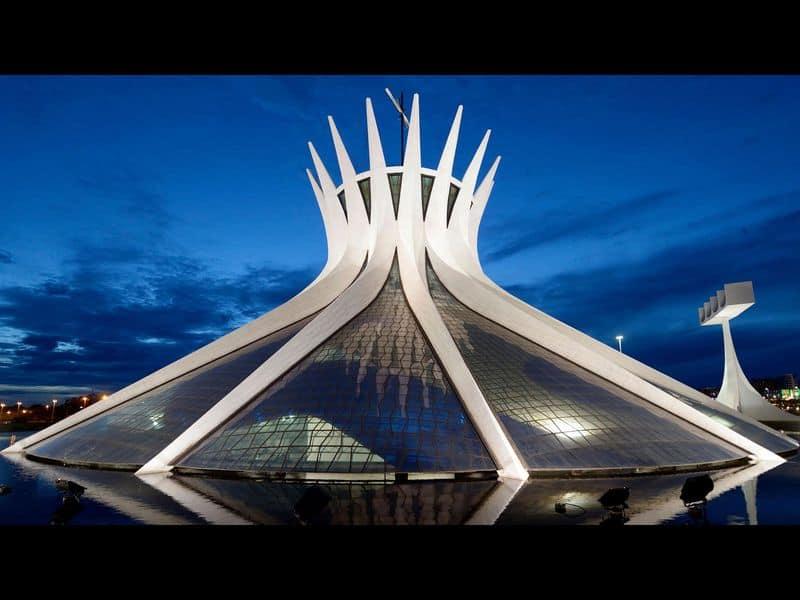
The Brasília Cathedral, designed by Oscar Niemeyer, is a modern architectural gem in Brazil’s capital. Its unique hyperboloid structure, made of white concrete and glass, represents the country’s innovative spirit.
Completed in 1970, the cathedral’s open design allows natural light to illuminate its interior, creating a serene and spiritual atmosphere.
The space welcomes visitors with its minimalist beauty and grandeur. As a symbol of modernist architecture, it showcases the bold vision that defines Brasília, inviting admiration and contemplation.
8. Catedral de Sal, Colombia
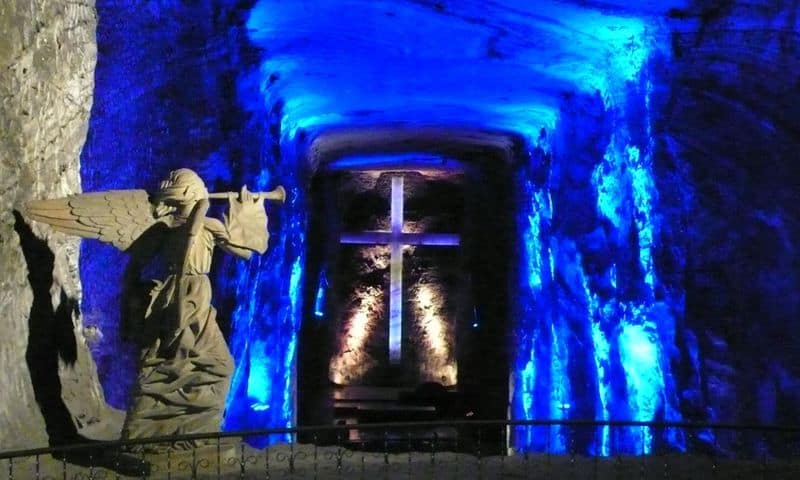
Catedral de Sal, located in the Zipaquirá salt mines, is an underground marvel in Colombia. This unique cathedral is carved entirely from salt, offering an otherworldly experience for its visitors.
Illuminated cross sculptures and cavernous spaces create a mystical ambiance, drawing both worshippers and tourists. Originally built in 1954, it has become a national cultural landmark.
Exploring its depths provides a sense of wonder and spirituality, as well as admiration for human creativity and craft. It’s a must-visit for those seeking something truly extraordinary.
9. Torre del Reloj, Colombia

Torre del Reloj, or the Clock Tower, is a cherished symbol of Cartagena, Colombia. Standing proudly at the entrance of the old city, it welcomes visitors with its colonial charm.
Built in the 19th century, this iconic structure houses a clock mechanism imported from Switzerland. Its striking yellow facade and elegant design reflect the city’s vibrant history.
As a gateway to Cartagena’s historic district, it invites exploration of the surrounding cobblestone streets and colonial architecture. A visit to Torre del Reloj offers a glimpse into the city’s rich past.
10. Ciudad Perdida, Colombia
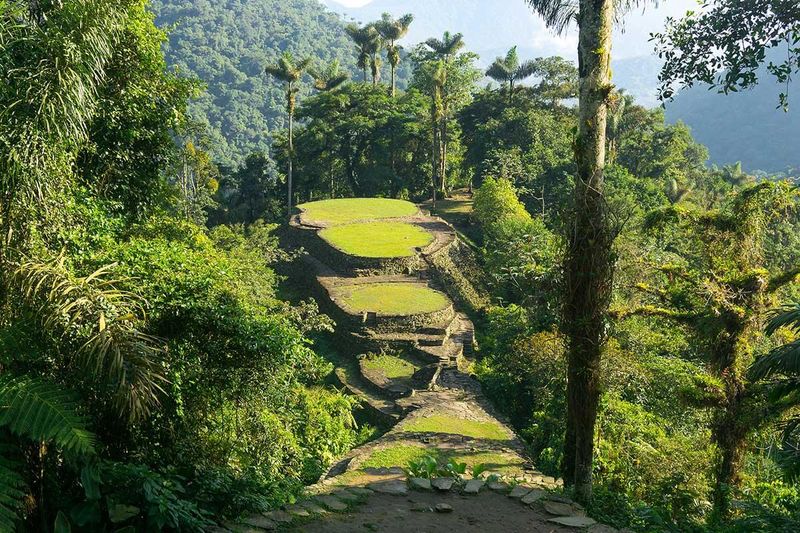
Ciudad Perdida, or the Lost City, is an ancient archaeological site hidden in Colombia’s Sierra Nevada mountains. Believed to be founded around 800 AD, it predates Machu Picchu by centuries.
The site comprises stone terraces, pathways, and plazas, once home to the Tayrona people. Accessible via a challenging trek through dense jungle, it rewards adventurers with breathtaking views and a sense of discovery.
As a place of historical significance, it remains a testament to the rich cultural heritage of Colombia’s indigenous communities.

